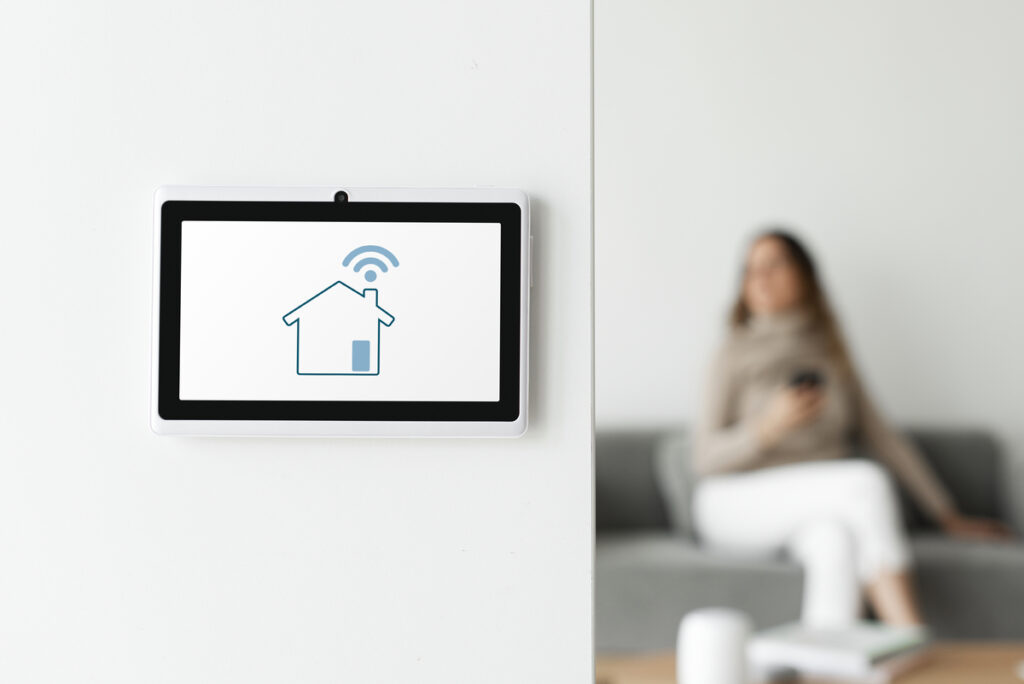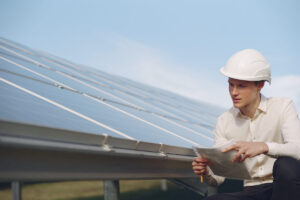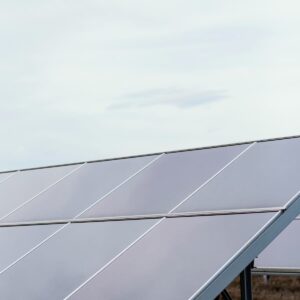In the ever-evolving tapestry of modern technology, building sensors have emerged as the unsung heroes, quietly orchestrating a symphony of data that underpins our interconnected world. As we navigate the landscapes of 2024, the ubiquity and sophistication of sensor technology have reached unprecedented heights, shaping industries, revolutionizing healthcare, and influencing our daily lives in ways previously unimaginable.
According to a recent market study, the global sensor market is projected to surpass $300 billion by 2024, with an annual growth rate exceeding 7%. This staggering growth underscores the pivotal role building sensors play in driving technological advancements and fostering innovation across diverse sectors. From environmental monitoring to automotive advancements, the transformative impact of building sensors is both tangible and far-reaching.
Emerging technologies, such as artificial intelligence (AI), quantum computing, and 5G, stand at the forefront, propelling sensors into a realm where intelligence and connectivity converge. Prototyping and testing become the crucible where sensor concepts are forged into reliable instruments, ensuring accuracy and resilience in the face of real-world conditions.
Applications across industries, from the Internet of Things (IoT) and healthcare to environmental monitoring and Industry 4.0, showcase the versatility and transformative potential of sensor technology. The seamless integration of building sensors into smart devices, the precision they bring to healthcare diagnostics, and their pivotal role in monitoring and preserving our environment underscore the profound impact these unassuming devices have on our daily lives.
As we peer into the future, the trends forecasted for sensor technology point towards a landscape where artificial intelligence, edge computing, miniaturization, and sustainability converge to redefine the very fabric of our technological existence. This journey through the realms of building sensors promises not just a glimpse into their intricate workings but a profound understanding of how they shape the very foundations of our interconnected and data-driven world.
Table of Contents
Section 1: Understanding Building Sensors
In this section, we will discuss sensor definition and type in general. Then we talk about its components and working principles.
Definition and Types
Sensors, in the ever-evolving landscape of technology, are fundamental devices that detect and respond to physical changes or stimuli in their environment. These devices play a pivotal role in converting various forms of energy (such as light, heat, motion, or chemical signals) into measurable data or electrical signals, facilitating informed decisions and actions in numerous fields.
They come in an extensive array of types, each tailored to detect and measure specific physical properties or phenomena. Understanding these types is crucial to grasp the breadth of applications they enable in 2024:
- Environmental Sensors: These sensors are designed to monitor and measure environmental factors. They include temperature sensors for climate control, humidity sensors for assessing moisture levels, pressure sensors for altitude or depth measurement, and gas sensors for detecting various gases present in the atmosphere.
- Biomedical Sensors: Vital in healthcare, biomedical sensors monitor physiological parameters for diagnostic or monitoring purposes. These encompass heart rate monitors, blood glucose sensors, pulse oximeters, and various wearable health trackers that keep tabs on vital signs, enabling continuous health monitoring and early detection of abnormalities.
- IoT Sensors: At the heart of the Internet of Things (IoT), these sensors enable connectivity and data collection in smart devices. They include motion sensors for detecting movement, proximity sensors for touchless interfaces, and ambient light sensors for adjusting device brightness based on surroundings.
Each sensor type operates on distinct principles and technologies, employing diverse mechanisms to detect and convert physical changes into electrical signals. While some building sensors use photodetectors to gauge light intensity, others utilize piezoelectric elements to detect mechanical stress or strain. Understanding these operating principles is crucial in selecting the right sensor for specific applications.
In 2024, the versatility and advancements in sensor technology have led to a fusion of these types, fostering innovation across industries. The convergence of environmental, biomedical, and IoT sensors has paved the way for interconnected systems, smarter devices, and data-driven decision-making, shaping a more connected and informed world.
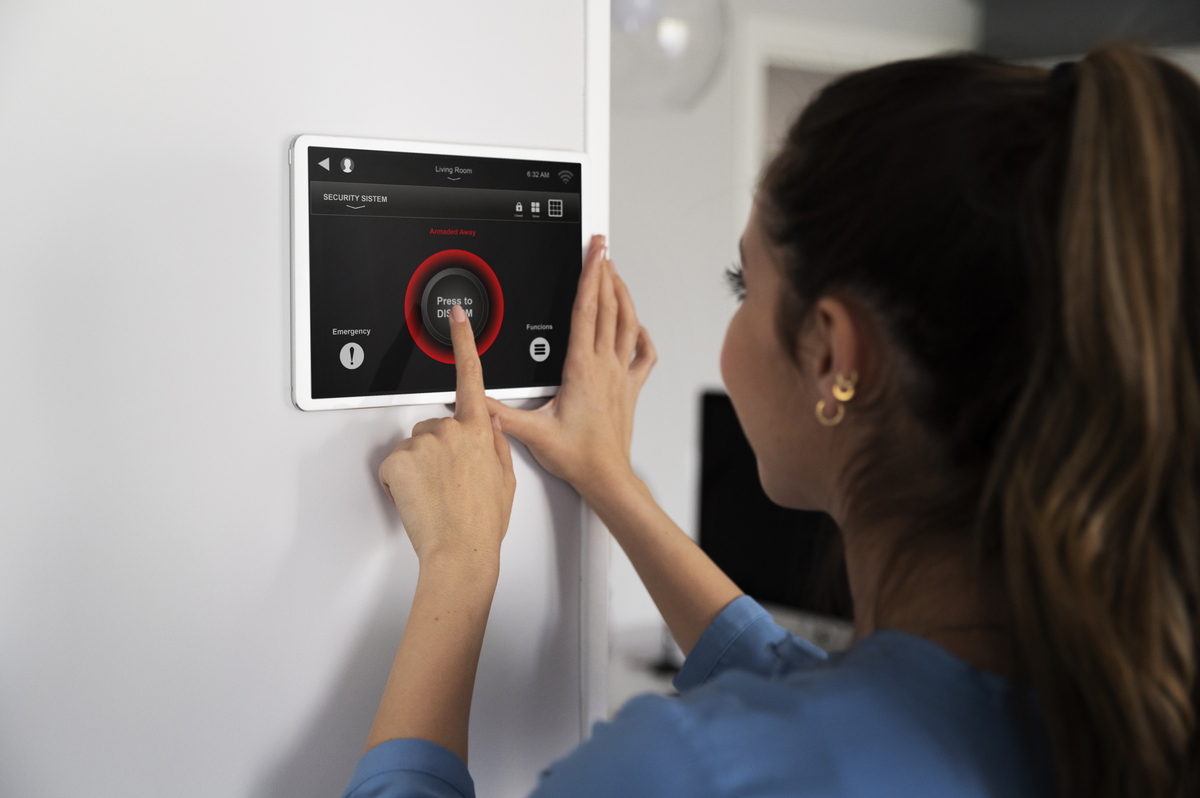
Components
The components of building sensors are the fundamental building blocks that enable these devices to perceive and respond to changes in their environment. These components work in unison to convert physical phenomena into measurable signals, providing valuable data for various applications.
Transducers form the core of sensor functionality. These devices convert physical quantities—such as temperature, pressure, light, or movement—into electrical signals. They come in various types, each specialized for different types of measurements. For instance, thermocouples transform temperature changes into voltage variations, while photodiodes convert light intensity into electrical current.
Signal conditioning components play a crucial role in ensuring the accuracy and reliability of the sensor’s output. Amplifiers, filters, and analog-to-digital converters refine the raw signals obtained from transducers. Amplifiers strengthen weak signals, while filters remove unwanted noise, ensuring the fidelity of the data. Analog-to-digital converters digitize the analog signals, enabling easier processing and transmission.
The data interface is the link between the sensor and the external system or device. It determines how the sensor communicates its output. Building sensors can employ various interfaces, including analog, digital, or wireless protocols like Bluetooth or Wi-Fi. Analog output provides continuous voltage or current signals proportional to the measured quantity, while digital output delivers discrete values, making it easier for processing by computers or microcontrollers.
Each of these components is integral to the sensor’s performance. Precision and accuracy in measuring the environment, whether it’s temperature, pressure, light, or other physical parameters, heavily rely on the efficiency of these components. Their synergy determines the reliability and functionality of building sensors across diverse applications, from industrial automation and environmental monitoring to healthcare and consumer electronics.
As sensor technology advances, innovations in these components continue to drive improvements, making sensors more sensitive, accurate, and versatile. The ongoing development and integration of these elements pave the way for enhanced sensor capabilities, enabling solutions to a wider range of real-world problems and applications.
Working Principles
Here, elucidate the fundamental workings of building sensors:
- Detection Mechanisms: Discuss various methods building sensors use to detect changes in their environment (e.g., thermocouples, photodiodes, accelerometers).
- Signal Conversion: Explain the process of converting physical phenomena (light, pressure, motion) into electrical signals.
- Output Interpretation: Describe how these signals are interpreted or processed to derive meaningful data for end-users or systems.
Sensors, the fundamental components of modern technology, operate on intricate yet foundational principles that underpin their functionality. At their core, building sensors are devices designed to detect and respond to specific physical stimuli or environmental changes, converting these inputs into measurable and often interpretable outputs.
These devices operate based on diverse working principles, each tailored to the type of data they’re intended to gather. Detection mechanisms vary widely, from photonic building sensors that harness light to thermocouples that measure temperature differentials. Essentially, building sensors act as conduits between the physical world and electronic systems, transforming real-world phenomena into quantifiable data.
The process typically begins with a transduction phase, where sensors convert the detected physical quantity, be it light, pressure, motion, or chemical changes, into an electrical signal. This transduction mechanism could rely on various principles, such as piezoelectricity, electromagnetic induction, or optical sensing, depending on the sensor’s design and purpose.
Following transduction, signal conditioning comes into play. This step involves amplifying, filtering, or otherwise modifying the electrical signal to ensure accuracy, reliability, and compatibility with the subsequent processing stages. Signal conditioning enables building sensors to offer precise and consistent measurements despite variations in the input.
Ultimately, building sensors output data in forms interpretable by electronic systems, which could be analog, digital, or transmitted wirelessly through various communication protocols. This output is then processed, analyzed, and utilized for diverse applications, from monitoring environmental changes to controlling complex industrial processes.
Understanding these working principles is pivotal in appreciating the nuances of sensor technology. It’s this convergence of physics, electronics, and data processing that empowers building sensors to serve as the foundation of innovations across industries, driving the progression towards smarter, more connected, and more efficient systems in the contemporary world.
Section 2: Design and Development
In this section, we will talk about sensor design considerations, emerging technologies in sensors, and prototyping and testing.
Design Considerations
Design considerations play a pivotal role in the development of building sensors, influencing their functionality, reliability, and applicability in diverse scenarios. In the dynamic landscape of 2024, understanding and addressing these considerations are paramount for creating sensors that meet the evolving demands of various industries.
Accuracy and Precision: The accuracy of sensor measurements is a fundamental consideration. Building sensors must provide precise data to fulfill their intended purpose effectively. Achieving high accuracy often involves a careful balance, as increasing precision may come at the cost of increased complexity or power consumption. Innovations in sensor technologies continue to push the boundaries, allowing for improved accuracy without compromising other essential aspects.
Sensitivity and Range: Sensitivity is critical for building sensors to detect subtle changes in their environment. Whether it’s a slight temperature variation, a faint light signal, or a minuscule force, building sensors need to be sensitive enough to capture these nuances. However, sensitivity must be complemented by a suitable operating range to ensure the sensor remains robust in different conditions without saturating or becoming insensitive.
Power Consumption and Efficiency: In an era where sustainability is a key focus, designing sensors with optimized power consumption is crucial. Low-power designs extend the lifespan of battery-operated sensors and reduce the environmental impact. Emerging technologies, such as energy harvesting and ultra-low-power components, are contributing to the development of building sensors that can operate for extended periods without frequent battery replacements.
Size and Form Factor: The miniaturization of sensors is a trend that has gained momentum. As devices become smaller and more integrated into our daily lives, building sensors must follow suit. Designers must balance the shrinking form factor with the need for maintaining or improving performance. Additionally, the advent of flexible and wearable sensors opens new possibilities, allowing building sensors to conform to irregular shapes or be seamlessly integrated into clothing and accessories.
As sensor technologies continue to evolve, the considerations mentioned above become more intricate. Designers must navigate these complexities, considering trade-offs and embracing innovative solutions to ensure that building sensors not only meet but exceed the expectations of the diverse industries they serve in 2024.
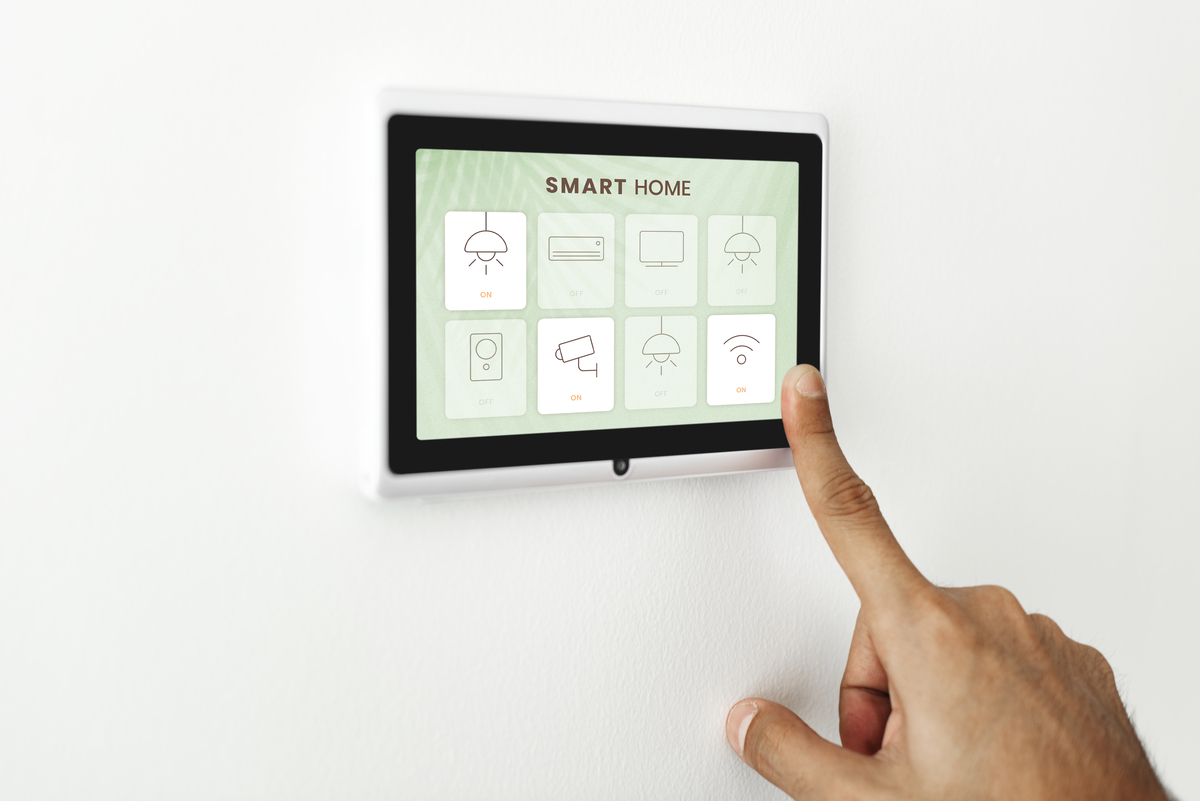
Emerging Technologies
Emerging technologies represent the forefront of innovation, shaping the future of various industries and influencing societal advancements. In 2024, several transformative technologies are gaining prominence, each with the potential to redefine the way we live and work.
1. Artificial Intelligence (AI) and Machine Learning (ML): AI and ML continue to evolve rapidly, becoming integral to numerous applications. In 2024, AI is not just a tool; it’s a driving force behind decision-making processes, automation, and predictive analytics. Machine learning algorithms are becoming more sophisticated, enabling systems to learn and adapt in real-time, enhancing efficiency and problem-solving across diverse domains.
2. Quantum Computing: Quantum computing, with its ability to process information exponentially faster than classical computers, is emerging as a game-changer. While still in its early stages, quantum computers hold the promise of revolutionizing complex problem-solving, cryptography, and optimization tasks that were previously deemed impractical for classical computing systems.
3. 5G Technology: The widespread adoption of 5G networks is ushering in a new era of connectivity. With faster data speeds, lower latency, and increased network capacity, 5G is paving the way for innovations in IoT, smart cities, augmented reality, and autonomous systems. The impact is not limited to faster internet on smartphones but extends to the connectivity of devices in smart homes, industries, and beyond.
4. Biotechnology and CRISPR: Advances in biotechnology, particularly the CRISPR gene-editing technology, are transforming healthcare and agriculture. CRISPR allows precise modification of genes, holding the potential to cure genetic diseases, develop disease-resistant crops, and contribute to personalized medicine.
5. Augmented Reality (AR) and Virtual Reality (VR): AR and VR technologies are breaking new ground in immersive experiences. In 2024, these technologies will not only enhance gaming and entertainment but also find applications in education, healthcare, and professional training. From virtual medical simulations to augmented workplace training, the impact is diverse and profound.
These emerging technologies are interconnected and often converge to create synergies that amplify their impact. The continuous development and integration of these innovations are shaping a future where possibilities seem boundless, fostering a technological landscape that holds the potential to address complex challenges and improve the overall human experience.
Prototyping and Testing
Prototyping and testing are integral stages in the development lifecycle of building sensors, ensuring their functionality, reliability, and performance align with intended specifications.
Prototyping: Prototyping involves creating preliminary versions of a sensor to assess its design, functionality, and feasibility. In the rapidly evolving field of sensor technology in 2024, prototyping serves as a crucial phase in transforming conceptual ideas into tangible devices. Rapid prototyping techniques, such as 3D printing and computer-aided design (CAD), expedite development, allowing engineers and designers to iterate and refine designs swiftly.
Prototyping facilitates the identification of design flaws and optimization opportunities. Engineers can experiment with different materials, shapes, and configurations to achieve the desired sensor characteristics. Additionally, it enables the evaluation of manufacturability, helping to streamline the mass production process once the design is finalized.
Testing: Comprehensive testing is imperative to validate the performance and reliability of building sensors in diverse conditions. Rigorous testing protocols assess the sensor’s ability to accurately capture and transmit data under varying environmental factors. This includes temperature extremes, humidity, pressure changes, and exposure to different substances, depending on the sensor’s intended application.
Testing methodologies encompass functional, environmental, and reliability assessments. Functional tests confirm that the sensor operates as intended, measuring the specified physical parameters accurately. Environmental tests simulate real-world conditions, ensuring the sensor’s durability and resilience. Reliability testing involves a prolonged operation to assess performance over time, identifying potential wear and failure points.
In the era of interconnected systems and the Internet of Things (IoT), interoperability testing is paramount. Sensors must seamlessly integrate into larger networks and communicate effectively with other devices. Protocols and standards adherence plays a significant role in ensuring compatibility.
Prototyping and testing go hand-in-hand, creating a feedback loop for continuous improvement. As building sensors become more sophisticated, the prototyping and testing phases become even more crucial, guaranteeing that these technological marvels meet the high standards of accuracy, efficiency, and reliability demanded by diverse industries and applications.
Section 3: Applications and Industries
In this section, we will discuss IoT and smart devices, environmental monitoring, healthcare and biomedical sensors.
IoT and Smart Devices
The Internet of Things (IoT) has become an integral part of our daily lives, revolutionizing the way we interact with technology and the world around us. At the heart of this transformation are smart devices, which leverage the power of IoT to enhance efficiency, connectivity, and user experience.
IoT refers to the network of interconnected devices that can communicate and share data seamlessly over the internet. Smart devices, embedded with building sensors and actuators, play a pivotal role in this network by collecting and transmitting data, enabling users to monitor and control various aspects of their environment remotely.
In 2024, the realm of IoT and smart devices has expanded exponentially. Home automation has witnessed a surge in popularity, with smart thermostats, lighting systems, and security devices transforming traditional households into interconnected, intelligent spaces. Users can now remotely adjust their home’s temperature, monitor energy consumption, and enhance security through smartphone applications.
Wearable technology represents another facet of IoT and smart devices, with smartwatches and fitness trackers gaining widespread adoption. These devices go beyond simply telling time or tracking steps; they monitor health metrics, provide real-time fitness feedback, and seamlessly integrate with smartphones for holistic user experiences.
In the broader scope of IoT, smart cities are emerging as hubs of innovation. Municipalities leverage sensor networks to gather data on traffic patterns, environmental conditions, and energy usage. This data-driven approach allows for optimized urban planning, efficient resource allocation, and improved overall quality of life for residents.
The evolution of IoT and smart devices also extends into industrial applications. Businesses utilize interconnected building sensors to monitor machinery, streamline manufacturing processes, and implement predictive maintenance strategies. This not only enhances operational efficiency but also contributes to the concept of Industry 4.0, where automation and data exchange drive smart, connected manufacturing.
As we navigate the landscape of IoT and smart devices in 2024, the transformative impact on our homes, health, cities, and industries is undeniable. The continuous integration of building sensors and connectivity not only simplifies daily tasks but also opens up new possibilities for innovation, efficiency, and connectivity in our interconnected world.
Healthcare and Biomedical
In the realm of healthcare and biomedical advancements in 2024, building sensors have emerged as transformative tools, revolutionizing patient care, diagnostics, and medical research. These technological marvels play a pivotal role in monitoring health parameters, enabling early disease detection, and enhancing the overall efficiency of healthcare systems.
Continuous advancements in sensor technology have fueled a paradigm shift in patient care. Wearable building sensors, integrated into devices like smartwatches and fitness trackers, provide real-time data on vital signs such as heart rate, blood pressure, and oxygen levels. This continuous monitoring not only assists individuals in tracking their health but also enables healthcare professionals to gather comprehensive, real-world data for more informed decision-making.
In the realm of diagnostics, building sensors have become indispensable. Highly sensitive and specific building sensors are now used for early disease detection, monitoring chronic conditions, and assessing treatment efficacy. For instance, glucose sensors have evolved to offer precise and continuous glucose monitoring, significantly improving the management of diabetes.
Biomedical sensors have also paved the way for innovative technologies in prosthetics and assistive devices. Sensory feedback systems, driven by advanced building sensors, allow prosthetic limbs to respond to neural signals, providing users with a more natural and intuitive experience. This not only enhances mobility but also fosters a sense of normalcy for individuals with limb loss.
Moreover, building sensors play a crucial role in medical research, facilitating the collection of large datasets for studies on population health, disease patterns, and treatment outcomes. The integration of building sensors with artificial intelligence further augments data analysis, allowing researchers to glean insights and patterns that were previously challenging to discern.
However, challenges persist, including ensuring the accuracy and reliability of sensor data, addressing privacy concerns, and navigating regulatory frameworks. As we look to the future, the synergy between healthcare and biomedical building sensors is poised to deepen, with ongoing innovations holding the promise of more personalized and effective healthcare solutions, ushering in an era of preventive, data-driven medicine.
Environmental Monitoring
Environmental monitoring plays a pivotal role in understanding and safeguarding the delicate balance of our ecosystems. In 2024, technological advancements have propelled environmental monitoring to unprecedented levels, contributing to sustainable resource management and addressing climate change challenges.
With the deployment of sophisticated sensors, environmental monitoring has become more precise and comprehensive. Air quality sensors detect pollutants, allowing authorities to implement timely interventions and mitigate health risks in urban areas. Water quality sensors help safeguard aquatic ecosystems, ensuring the availability of clean water for both human consumption and diverse ecosystems. These building sensors are critical tools in the fight against pollution, offering real-time data that aid in crafting effective environmental policies.
Climate monitoring has seen remarkable improvements with the integration of cutting-edge building sensors. These devices provide accurate data on temperature, humidity, and atmospheric conditions, contributing to our understanding of climate change patterns. This information is invaluable for predicting extreme weather events, assessing the impact of climate change, and formulating strategies for resilience.
In agriculture, environmental monitoring has evolved to optimize resource usage through precision agriculture techniques. Soil sensors analyze nutrient levels, moisture content, and temperature, enabling farmers to implement data-driven decisions for crop management. This not only enhances agricultural productivity but also promotes sustainable farming practices, minimizing the environmental impact of traditional methods.
The integration of satellite technology and remote sensing has further expanded the scope of environmental monitoring. Remote building sensors provide a bird’s-eye view of vast ecosystems, aiding in biodiversity studies, deforestation detection, and habitat preservation efforts. This holistic approach to environmental monitoring facilitates a deeper understanding of interconnected ecosystems on a global scale.
As we confront unprecedented environmental challenges, the role of environmental monitoring has never been more crucial. By harnessing the power of advanced building sensors and technology, we empower ourselves to make informed decisions, implement targeted interventions, and work towards a more sustainable and resilient future for our planet.
Automotive and Industry 4.0
Automotive and Industry 4.0 are converging to redefine the landscape of transportation and manufacturing, creating intelligent, interconnected systems that drive efficiency, safety, and innovation.
In the automotive sector, Industry 4.0 technologies are reshaping the driving experience and safety features. The integration of sensors, IoT devices, and advanced data analytics has given rise to the era of connected cars. These vehicles utilize building sensors to collect real-time data on road conditions, traffic patterns, and driver behavior. This wealth of information not only enhances safety through features like collision avoidance systems but also contributes to the development of autonomous vehicles. Industry 4.0 principles are transforming automotive manufacturing as well, with smart factories leveraging automation, AI, and the Internet of Things for streamlined production processes, predictive maintenance, and quality control.
In Industry 4.0, the fourth industrial revolution, manufacturing processes are becoming smarter, more efficient, and highly automated. In automotive manufacturing, this translates to the adoption of cyber-physical systems, where physical processes are integrated with digital technologies. Smart building sensors and connected devices on the production line communicate seamlessly, allowing for real-time monitoring and adjustment of manufacturing processes. This not only reduces downtime but also enhances overall production efficiency.
Furthermore, Industry 4.0 technologies are optimizing supply chain management in the automotive industry. Through the use of data analytics and the Internet of Things, manufacturers can gain real-time insights into their supply chains, ensuring timely deliveries, minimizing waste, and improving overall responsiveness to market demands.
In conclusion, the integration of Industry 4.0 technologies in the automotive sector is revolutionizing both the driving experience and the manufacturing processes. As we move forward, the synergy between smart vehicles and intelligent manufacturing systems will continue to shape a future where automobiles are not just a means of transportation but integral components of a highly connected and automated industrial ecosystem.
Section 4: Challenges and Future Outlook
In this section, challenges, ethical implications, and future trends have been discussed.
Challenges
In the dynamic landscape of sensor technology in 2024, several challenges and limitations persist, shaping the trajectory of innovation and adoption. One pressing concern is the issue of interoperability and standardization. With an ever-expanding array of sensor types and communication protocols, achieving seamless integration across devices and platforms becomes a complex puzzle. The lack of standardized interfaces hinders collaboration, limiting the potential for cross-industry applications and cohesive sensor networks.
Security and privacy considerations form another significant hurdle. As building sensors proliferate across various domains, from smart homes to healthcare and industrial settings, the need to secure sensitive data becomes paramount. The potential vulnerabilities in sensor networks pose risks ranging from unauthorized access to malicious data manipulation. Striking a balance between the benefits of data-driven insights and safeguarding individual privacy remains a formidable challenge in sensor technology.
Moreover, the issue of power efficiency and sustainability weighs heavily on the advancement of sensor devices. Many building sensors rely on batteries, presenting challenges related to limited lifespan and environmental impact. Developing energy-efficient building sensors and exploring alternative power sources, such as energy harvesting technologies, becomes imperative to extend operational lifetimes and reduce the ecological footprint of sensor deployments.
The deluge of data generated by sensors poses a unique challenge in terms of processing capabilities. The sheer volume of information demands advanced processing capabilities, often pushing the limits of traditional computing architectures. Efficient data handling and real-time processing, especially in scenarios like autonomous vehicles or smart cities, require innovative solutions such as edge computing to alleviate the strain on centralized systems.
These challenges underscore the need for ongoing research, collaborative efforts, and technological advancements to propel sensor technology forward. Initiatives towards standardization, enhanced security measures, sustainable energy solutions, and efficient data processing methods are crucial for unlocking the full potential of building sensors and ensuring their seamless integration into the fabric of our technologically interconnected world. Overcoming these challenges will not only refine the current state of sensor technology but also pave the way for groundbreaking applications and innovations in the years to come.
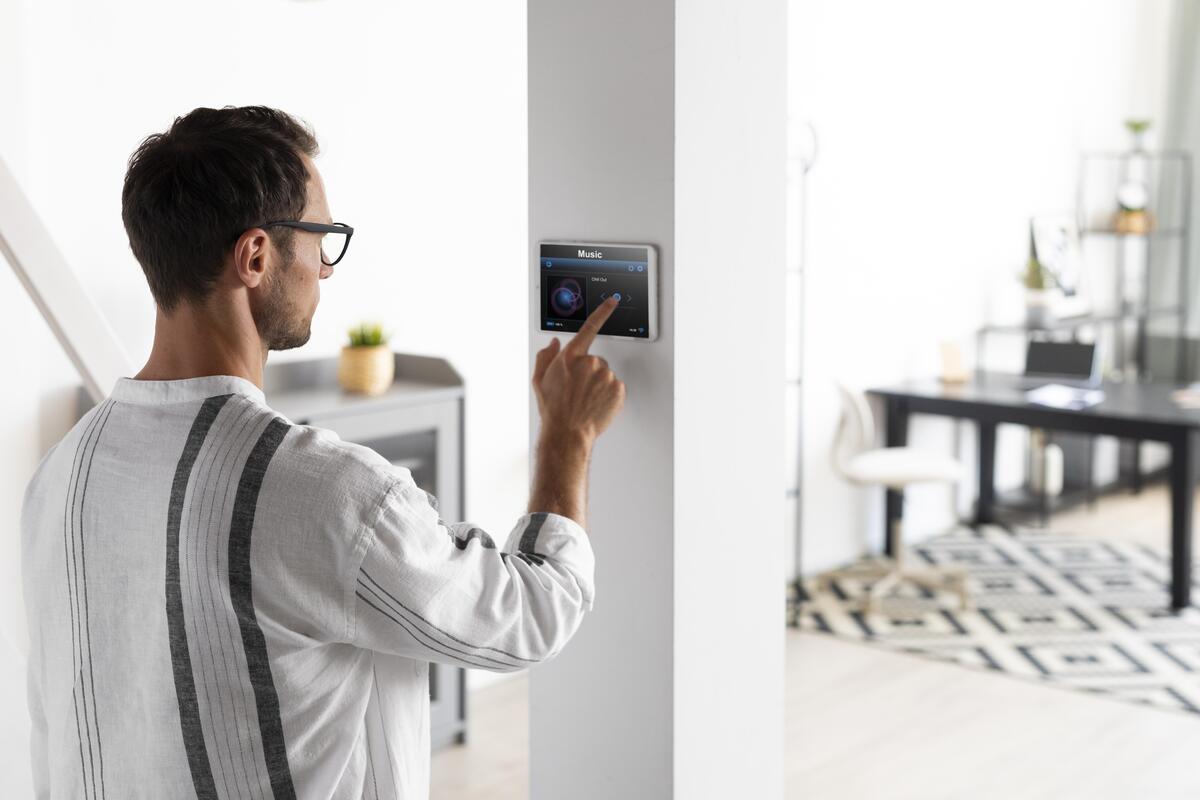
Ethical Implications
Ethical implications surrounding sensor technology in 2024 are paramount as these devices become increasingly integrated into our daily lives. As building sensors pervade various aspects of society, from healthcare to smart cities and beyond, ethical considerations play a crucial role in ensuring responsible and respectful implementation.
One significant ethical concern revolves around data privacy. Sensors collect an abundance of personal information, ranging from health metrics in wearables to behavioral patterns in smart homes. Striking a balance between harnessing this data for societal benefit and protecting individual privacy is a delicate challenge. Robust encryption, anonymization techniques, and transparent data usage policies are imperative to address this concern.
Bias and fairness are additional ethical dimensions. Sensors, driven by algorithms, may inadvertently perpetuate biases present in the data they were trained on. In healthcare, for instance, biased algorithms could lead to disparities in diagnostic outcomes among different demographic groups. Addressing bias requires a concerted effort to ensure diverse and representative datasets during the development phase, along with ongoing monitoring and adjustments.
Transparency and accountability are ethical pillars that demand attention. Users need to understand how sensor-generated data is collected, processed, and utilized. Clear communication regarding the purpose of data collection and potential implications is crucial. Additionally, establishing accountability mechanisms for manufacturers, developers, and users ensures that ethical standards are upheld throughout the lifecycle of sensor technologies.
As building sensors are increasingly embedded in autonomous systems, questions arise about decision-making autonomy and responsibility. In scenarios where building sensors contribute to critical decisions, defining ethical guidelines for accountability becomes paramount. Ensuring human oversight, even in automated processes, is crucial to prevent undue reliance on machine-generated insights.
In the rapidly evolving landscape of sensor technology, continuous dialogue and collaboration between technologists, ethicists, and policymakers are vital. Striving for ethical excellence in sensor development and deployment not only safeguards individual rights but also fosters trust in the transformative potential of these technologies for the betterment of society.
Future Trends
The future of sensor technology promises a host of transformative trends that will reshape industries and everyday life. As we look forward to 2024 and beyond, several key developments stand out, indicating the direction sensor technology is heading.
1. Integration of Artificial Intelligence (AI): One of the most significant trends is the deepening integration of artificial intelligence into sensor systems. AI algorithms are increasingly being employed to process and analyze the vast amounts of data generated by building sensors. This enables quicker, more informed decision-making and enhances the overall efficiency and capabilities of sensor networks. The synergy between AI and sensors is expected to unlock new possibilities in predictive analytics, anomaly detection, and autonomous decision-making across various applications.
2. Edge Computing for Real-time Processing: As the demand for real-time data processing grows, edge computing is emerging as a critical trend in sensor technology. Edge computing involves processing data closer to the source, reducing latency and enabling faster response times. This trend is particularly crucial in applications like autonomous vehicles, industrial automation, and smart cities, where split-second decision-making is paramount. Edge computing not only enhances performance but also addresses the challenges associated with data overload and network latency.
3. Advanced Materials and Miniaturization: Future building sensors are anticipated to be smaller, more flexible, and capable of integration into a wide range of form factors. Advancements in materials science and nanotechnology drive this trend. Miniaturized building sensors are not only more versatile but also find applications in areas previously inaccessible to larger sensor devices. Flexible sensors, in particular, open up possibilities for wearable technology, healthcare monitoring, and conformable integration into various surfaces.
4. Sustainable Sensor Technologies: With a growing emphasis on sustainability, future sensor technologies are expected to prioritize energy efficiency and environmental impact. Innovations in energy harvesting techniques, such as converting ambient vibrations or sunlight into power, are gaining traction. Green sensor technologies aim to reduce the environmental footprint of sensor devices, making them more sustainable and aligned with the global push towards eco-friendly solutions.
In conclusion, the future trends in sensor technology point towards a landscape where AI integration, edge computing, advanced materials, and sustainability will play pivotal roles. These trends collectively signify a future where building sensors become even more ubiquitous, intelligent, and seamlessly integrated into the fabric of our technologically driven world.
Conclusion
In conclusion, the journey through the intricacies of sensor technology has unveiled a landscape rich with possibilities and innovations. From understanding the diverse types of building sensors, their components, and working principles, to delving into the meticulous processes of design, development, prototyping, and testing, each facet has been a testament to the relentless pursuit of precision, efficiency, and reliability in 2024.
The convergence of environmental, biomedical, and IoT sensors has ushered in a new era of interconnected systems, smarter devices, and data-driven decision-making. The symbiosis of these sensor types has not only broadened the scope of applications across industries but has also laid the foundation for a more connected and informed world.
Design considerations have played a pivotal role in shaping sensors to meet the demands of an ever-evolving technological landscape. The balance between accuracy and precision, sensitivity and range, power consumption, and form factor has driven the miniaturization and flexibility trends that define sensor design in 2024. These considerations, coupled with emerging technologies like AI, edge computing, and sustainable sensor technologies, are propelling sensor capabilities to new heights.
As we peer into the future, the trends that stand out – the integration of AI, the prominence of edge computing, advancements in materials and miniaturization, and the emphasis on sustainable sensor technologies – collectively paint a picture of a world where building sensors become ubiquitous, intelligent, and seamlessly woven into the fabric of our technologically-driven existence.
This ongoing evolution promises not only enhanced capabilities but also a more sustainable and interconnected future, where building sensors continue to be the driving force behind transformative change. In the dynamic realm of sensor technology, the journey toward innovation and integration remains boundless, inviting us to explore new frontiers and shape a future where sensors play an even more integral role in shaping the world we live in.
Resources:
Pressac Communications | renkeer.com | Arrow Electronics | Enertiv | Verkada | Smart Buildings Technology | Titan Products
For all the pictures: Freepik

